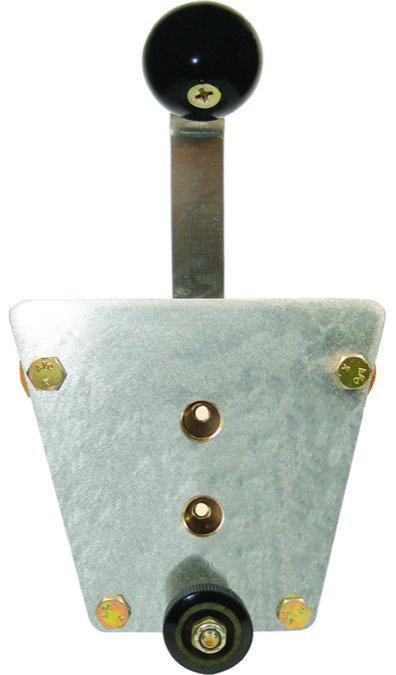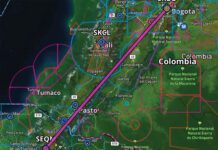Ipurchased a popular light sport that had been sitting in a hangar after the builder injured his back. We both walked away happy with the sale, but I soon decided it needed an engine with more horsepower. I worked with an A&P and builder to coordinate the engine upgrade, and we agreed on a number of other projects, one of which involved relocating the throttle.
This was my first mistake, not leaving well enough alone. Clearly the factory knew a simple, foolproof throttle easily reached by both pilots was the way to go. Fabricating a dual-throttle so both pilots can fly with one hand on the stick and the other on the throttle ended up introducing problems that didn’t exist before.
After the airplane was returned to me, my gut was telling me something was wrong. Some of the work was, in short, a bit sloppy. I took this as a sign to go over everything, including 10 hours of high-speed taxi tests before the first flight, but clearly it wasn’t enough. I recall looking at the throttle and how unprofessional it looked, in particular, “full throttle” on the right side only opened the throttle to 75 percent. The left seat throttle lever opened and closed the carbs fully, so I decided I could live with it. The first flight was uneventful. On the second flight, however, the design flaw with the throttle lever manifested itself. Upon touchdown, with the engine at idle and my hand on the throttle, what force was present pushed the lever past its stop to the point where it began to pull on the throttle cable. The airplane began to accelerate-by my estimate, the engine throttled up to 4500 rpm. Meanwhile, I was piloting an accelerating taildragger on the ground, not knowing if it was going to take off before I could kill the engine with the two switches in the overhead panel. That was not easily done, as the gloves I was wearing made it difficult and I had to divert my attention from controlling the plane twice, to flip each switch. The airplane came to a halt in the midst of a -turn ground loop. I had traveled a good 1000 feet on the ground before I could stop the adventure. I was fortunate that it did not get airborne. The airplane was undamaged. I remember thinking that there’s somebody to blame for this, but in reality, I ultimately made a poor choice to complicate things with the relocation of the throttle. My second mistake was not fully appreciating other warning signs that followed.



